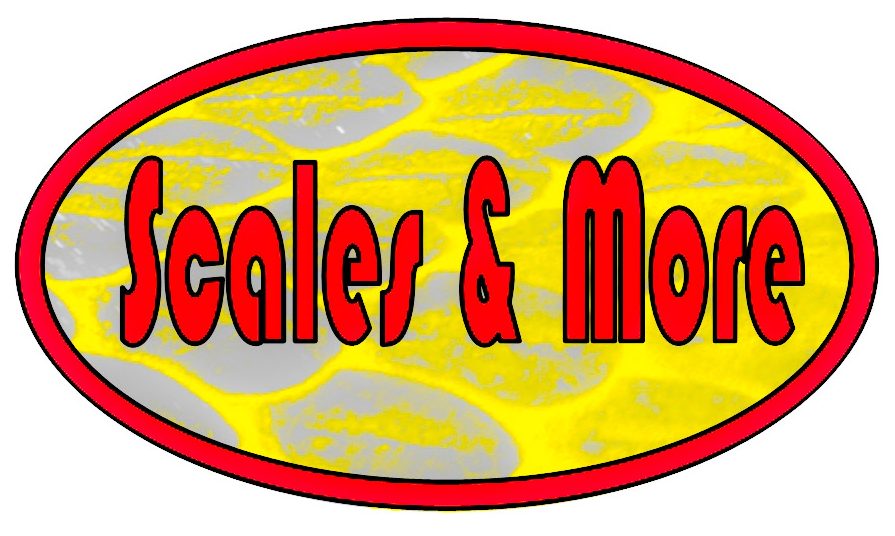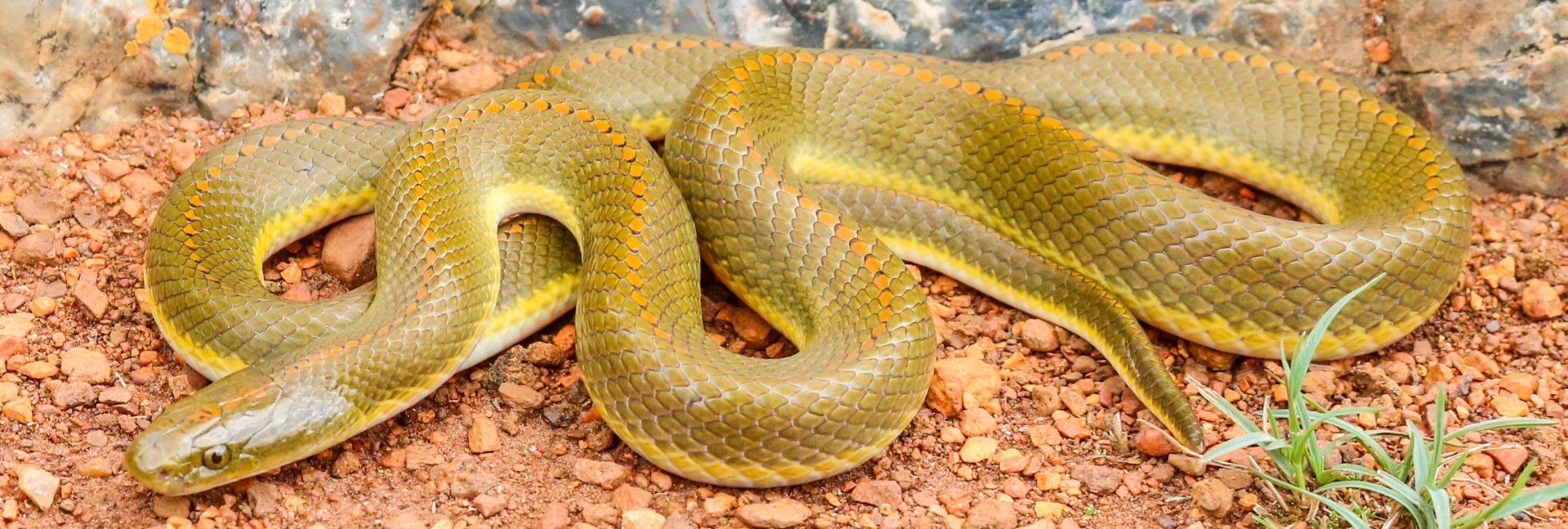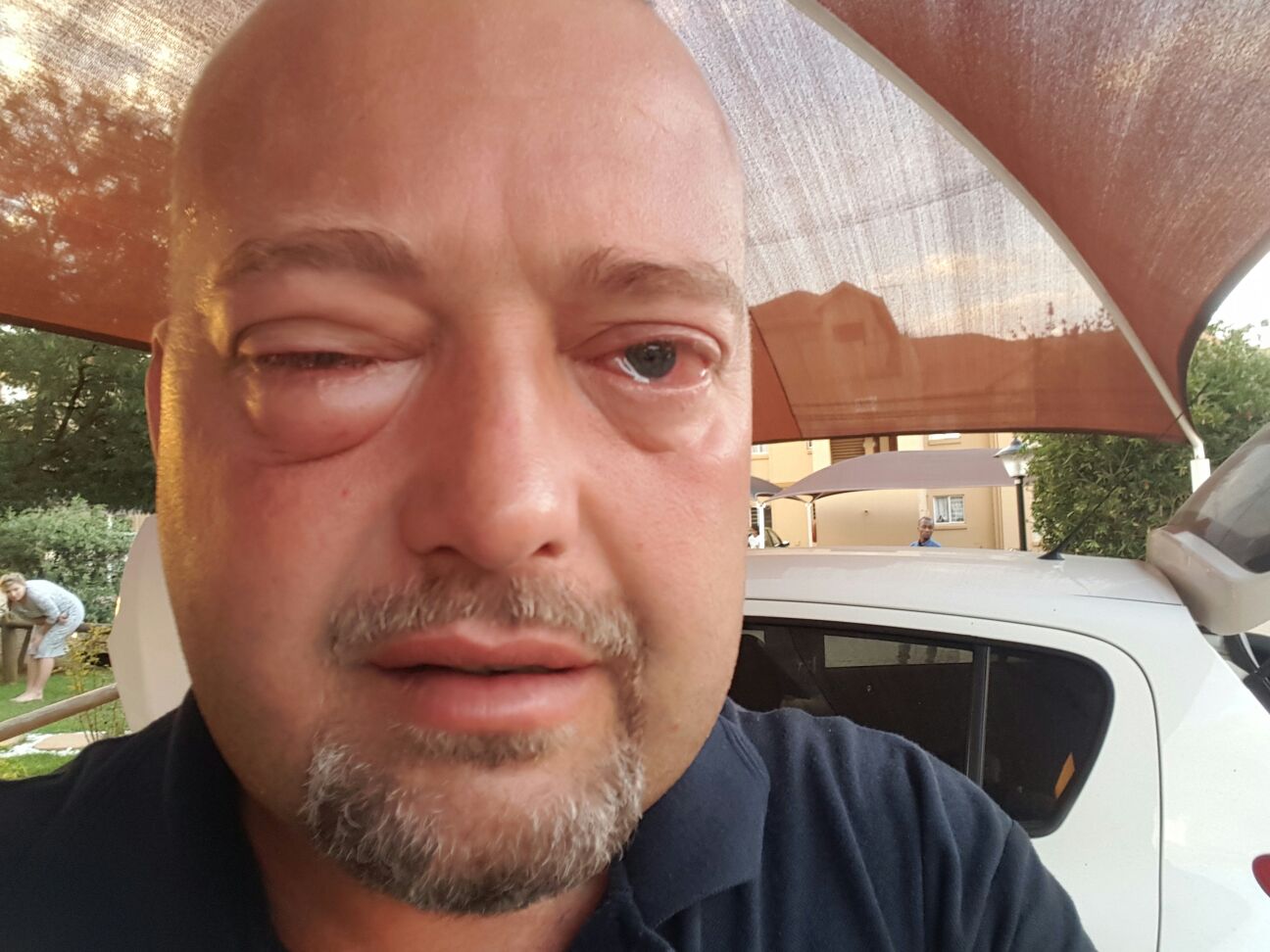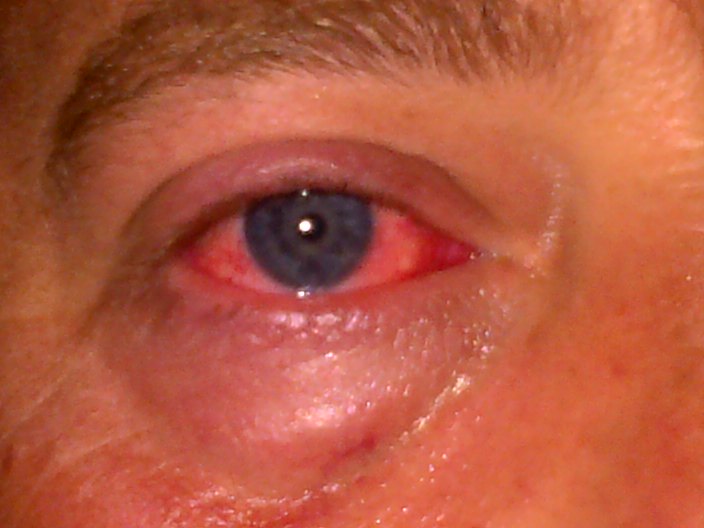
Snake Bite Protocol:
Have a basic procedure in place for snakebite emergencies:
- Discuss the possibility and basic requirements with your General Practitioner/House Doctor (In the case of animals; your veterinarian) and confirm the basic sequence of steps to be implemented in case of such an event.
- The following serves ONLY as a basic guideline:
- Check, confirm and make an entry on a basic protocol list accordingly :
- Your closest medical facility with a trauma unit.
- Contact details and distance to facility(s).
- Contact details of your relevant medical response.
- Your personal relevant information:
- Full Names.
- ID Number.
- Medical Aid Number or Hospital File Number.
- Blood Type.
- Medical Conditions including allergies.
- Details and Contact numbers of next of kin.
- Your closest medical facility with a trauma unit.
- In case of a bite:
- Immobilise the patient, elevate the affected limb slightly above the heart and promptly transport to the closest medical facility.
- Do not:
- Cut and/or attempt to suck the venom from the bit site.
- Apply electric shock to the bite site.
- Apply Ice or heat to the bite site.
- Check, confirm and make an entry on a basic protocol list accordingly :
Venom in the eyes:
- Our most common snake in the East Rand is the Rinkhals (Hemachatus haemachatus). The Rinkhals has the ability to ‘spit’/spray venom at its adversary’s general facial area in self defense.
- It can do so fairly accurately at a distance of approximately 2.5 – 3m.
- In the case of venom in the eyes:
- Rinse the eyes under RUNNING water for no less than 15-20 minutes
- Take the victim to a doctor or in the case of an animal a veterinarian who will assess the extent of the damage and prescribe anti-inflammatory/pain medication or
- If there is no access to water, any other fluids like milk, cold drink, beer, or even urine can be utilised.




